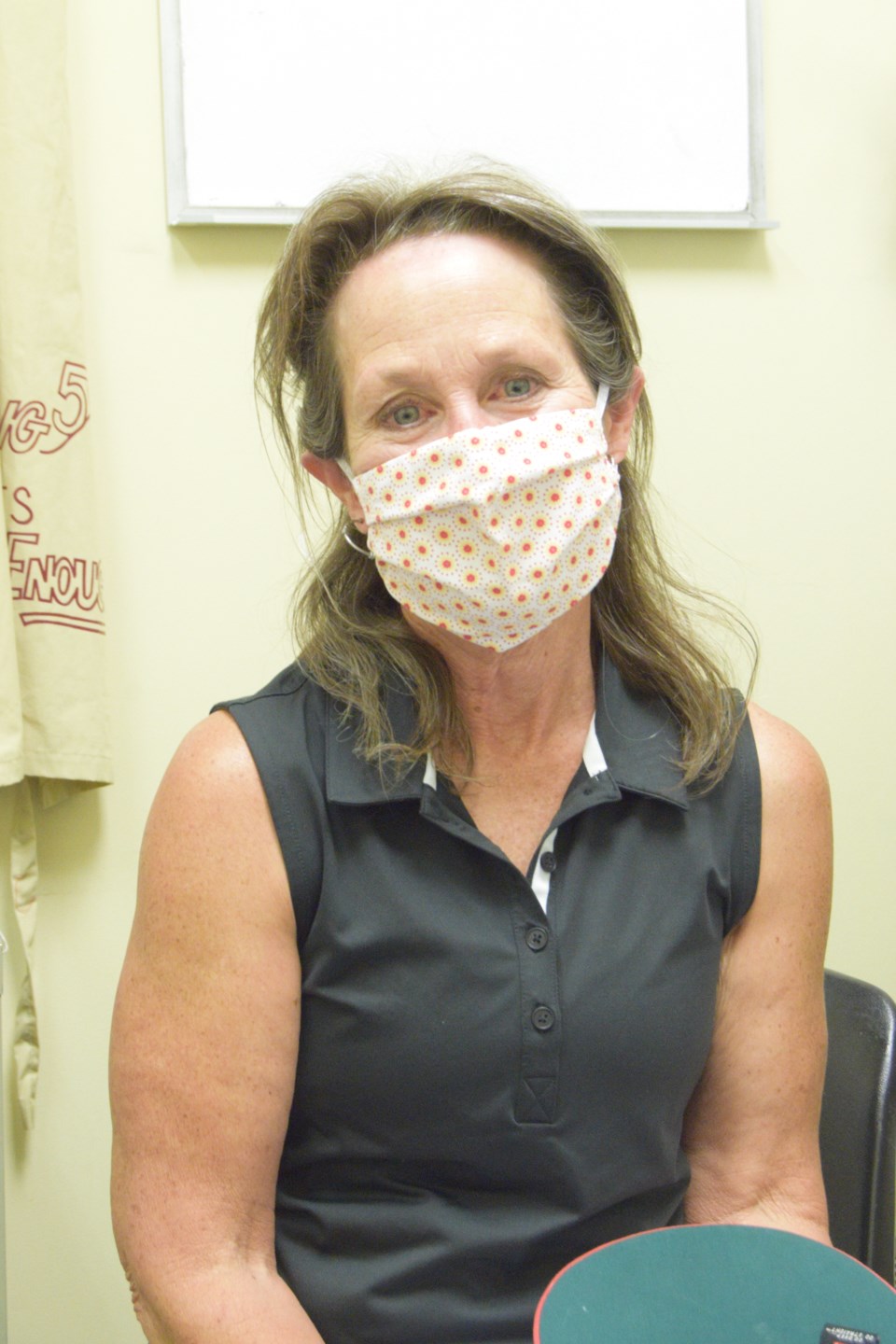BARRHEAD – Woodlands County councillors passed a motion at their Oct. 12 meeting to increase their annual $1,000 contribution to the Barrhead Community Victim Services Unit Association (BCVSUA) by another $2,000, recognizing that the unit is having to deal with a lot more “trauma” files that the province refuses to provide funding for.
Association chair Margaret Osborne and secretary Joe Zacharuk attended the Oct. 12 meeting to present their funding request, as well as to discuss how the proposed Victim Services redesign will affect the Barrhead unit.
Osborne said the Barrhead unit covers the County of Barrhead, the Fort Assiniboine area (which is part of Woodlands County) and Swan Hills. They have one paid employee (the program manager) who attends nearly every call, along with several volunteer advocates.
It is a very busy unit and has been made even busier by the pandemic. As indicated in the program manager’s report for 2021, the Barrhead Victim Services Unit dealt with 246 new files last year, an increase of 124 from the previous year.
As noted in the report, the majority of these files were related to family/domestic violence, sexual assaults, fraud, property crime and theft. Zacharuk suggested that family violence in particular accounted for a large number of crime-related files in the area.
Osborne suggested this increase in files is at least partly the result of their efforts over several years to become more known in the community.
“Lots of people didn’t realize there was a victim services unit in the community,” she said, noting their current and past program managers have also worked hard at training RCMP officers about when to bring in Victim Services to assist them.
Of course, this increase in files also means an increase in costs. The BCVSUA does fundraise in order to cover the expenses associated with files that the province does not cover, such as notifying the families of motor vehicle accident victims.
However, Osborne said they were also asking the municipalities they partner with for an increased financial contribution.
Because the unit serves part of Woodlands County, the municipality has contributed $1,000 to the BCVSUA in the past and had budgeted that much of a donation this year.
“We’re just here to let you know we appreciate it, and we’d like you to consider that again this year (along with a $2,000 increase), ” said Osborne.
Coun. Dave Kusch put forward the motion to provide the extra $2,000, which CAO Gordon Frank noted can come out of the Community Services budget.
Redesign woes
As noted above, the discussion between council and the BCVSUA representatives also went over the provincial Victim Services redesign, which was announced by the Government of Alberta in mid-July.
Zacharuk said that when Victim Services shows up on the scene of a crime or a traffic accident to help the victims, the circumstances of the situation can sometimes change how they are responding to it.
One prime example was the two-vehicle collision near Barrhead on Oct. 3 that resuled in three fatalities. The VSU showed up on scene expecting to assist bystanders with the trauma of the collision, but there was also a crime element as one of the vehicles involved was a stolen pick-up truck.
Osborne noted that incident alone generated close to 20 new clients for the Barrhead unit because the witnesses and first responders were so shaken, as were the families of the victims.
As part of this redesign, the boards of police-based victim services units across the province will be effectively dissolved and then combined into four zone boards roughly aligning to RCMP districts.
Zacharuk said there are a lot of unanswered questions in regards to this regionalization, such as where employees will be located and how the four zone boards will be formed.
Another big issue is that the province is still committed to only assisting victims of crime, which means that the services provided to victims of trauma will likely cease.
Osborne noted that rural areas don’t have the mental health resources available to urban areas, aside from a list of phone numbers you can call.
"The government seems to feel with the changes they’ve proposed, that will meet community needs,” she said. “However, I personally feel that rural areas are very much going to be left out.”
Reeve John Burrows said Woodlands County has been big supporters of Victim Services in the area and he believed that it’s getting harder to ignore the growing mental health crisis, likening it to swimming through increasingly stormy seas.
“(Victim Services are) filling a big gap in the mental health end of things,” he said.
He noted that this issue had come to the attention of the Rural Municipalities of Alberta and Woodlands County itself had submitted a letter to the province expressing concerns.
Coun. Peter Kuelken indicated it was his belief that it would fall upon communities to provide those services for victims of trauma.
“It’s not going to happen with the Government of Alberta, because they view it completely differently.”
He then asked if there was a possibility of setting up a task force or arranging for some education for municipal leaders that would help them in developing policy to make such services work.
Coun. Bruce Prestidge said he agreed with Osborne’s point that most people did not realize Victim Services existed or what work they did, noting he didn’t know himself until he became a victim of crime.
He also suggested that assisting victims of trauma would likely have to be handled on a municipal level.
Osborne noted that the province intends for the new regional model to be in operation by early 2024, but the Barrhead unit plans to carry on “right to the end.”


